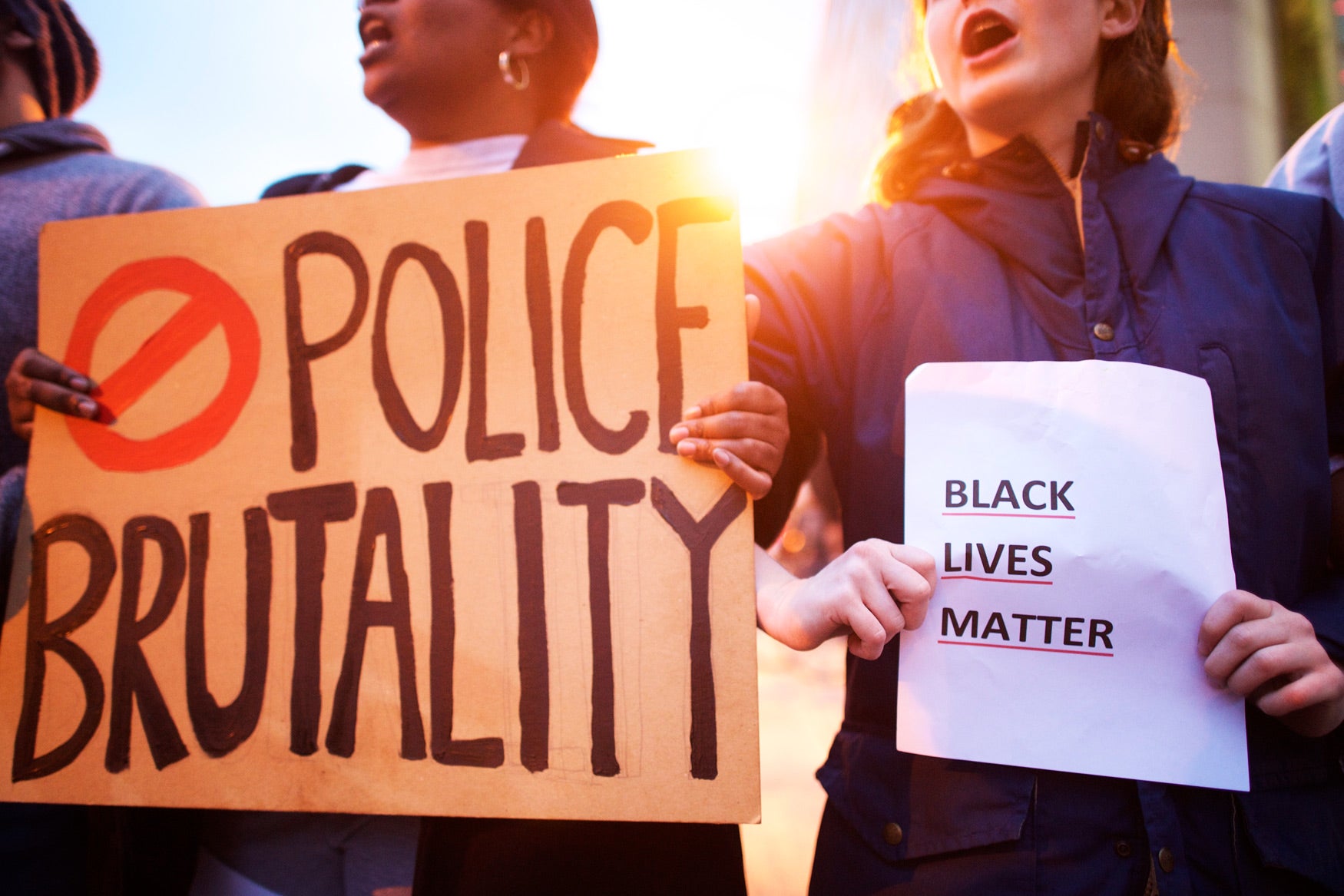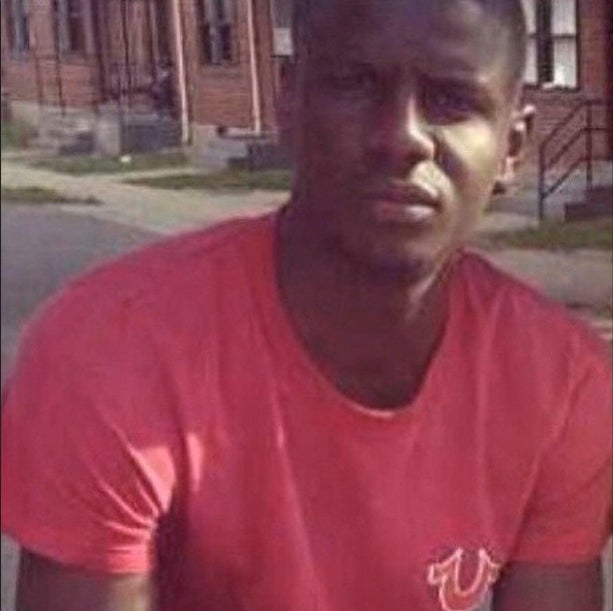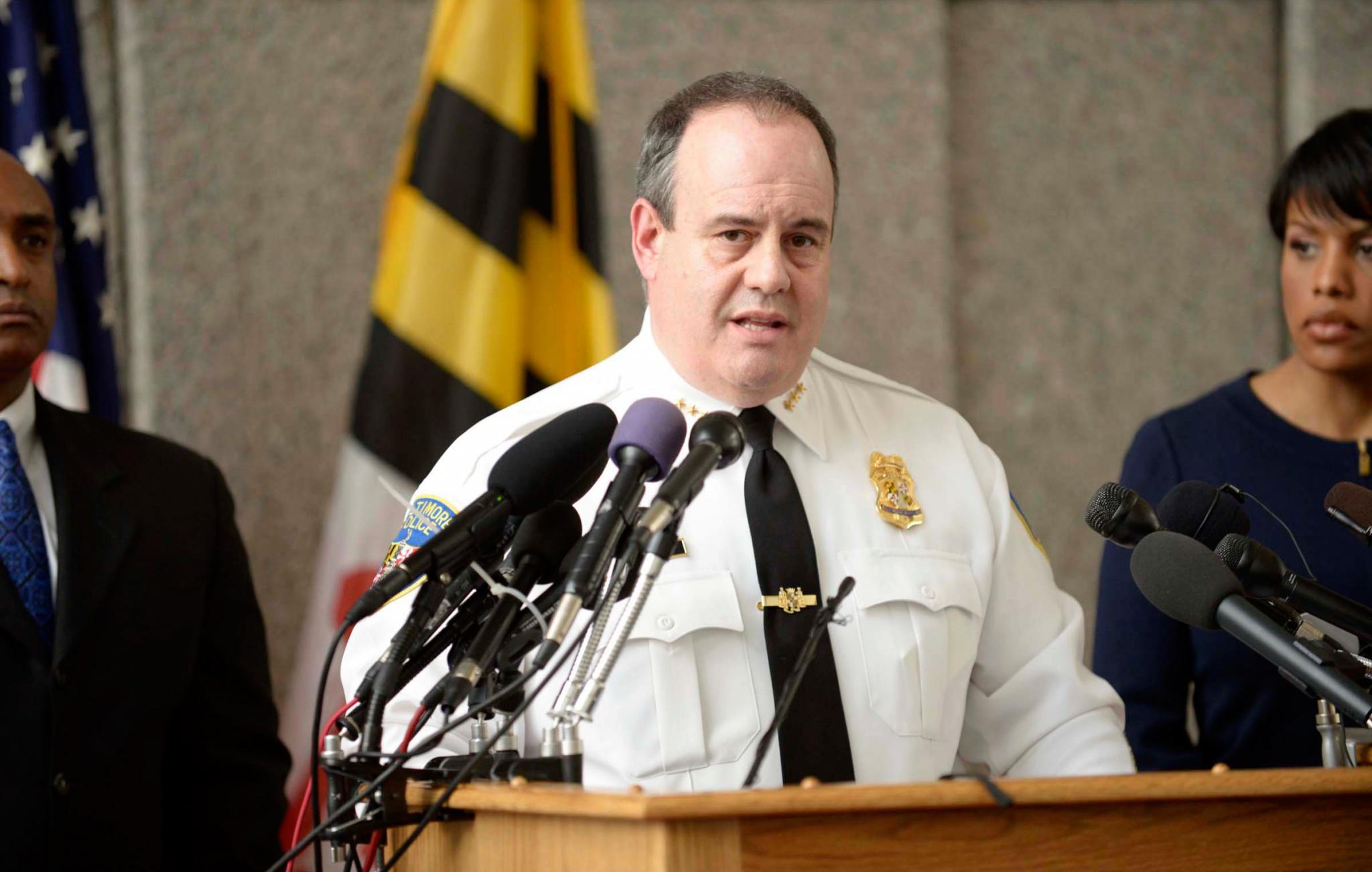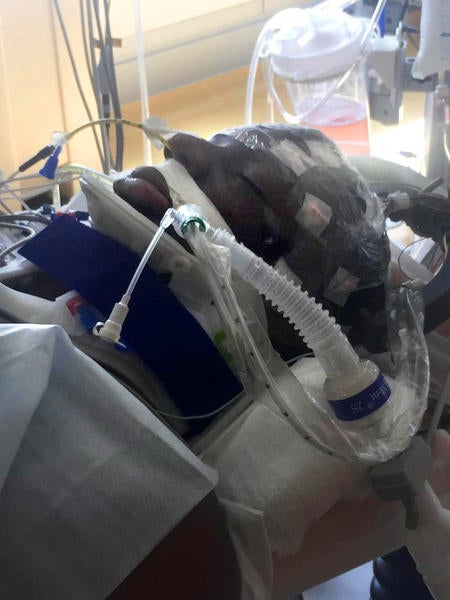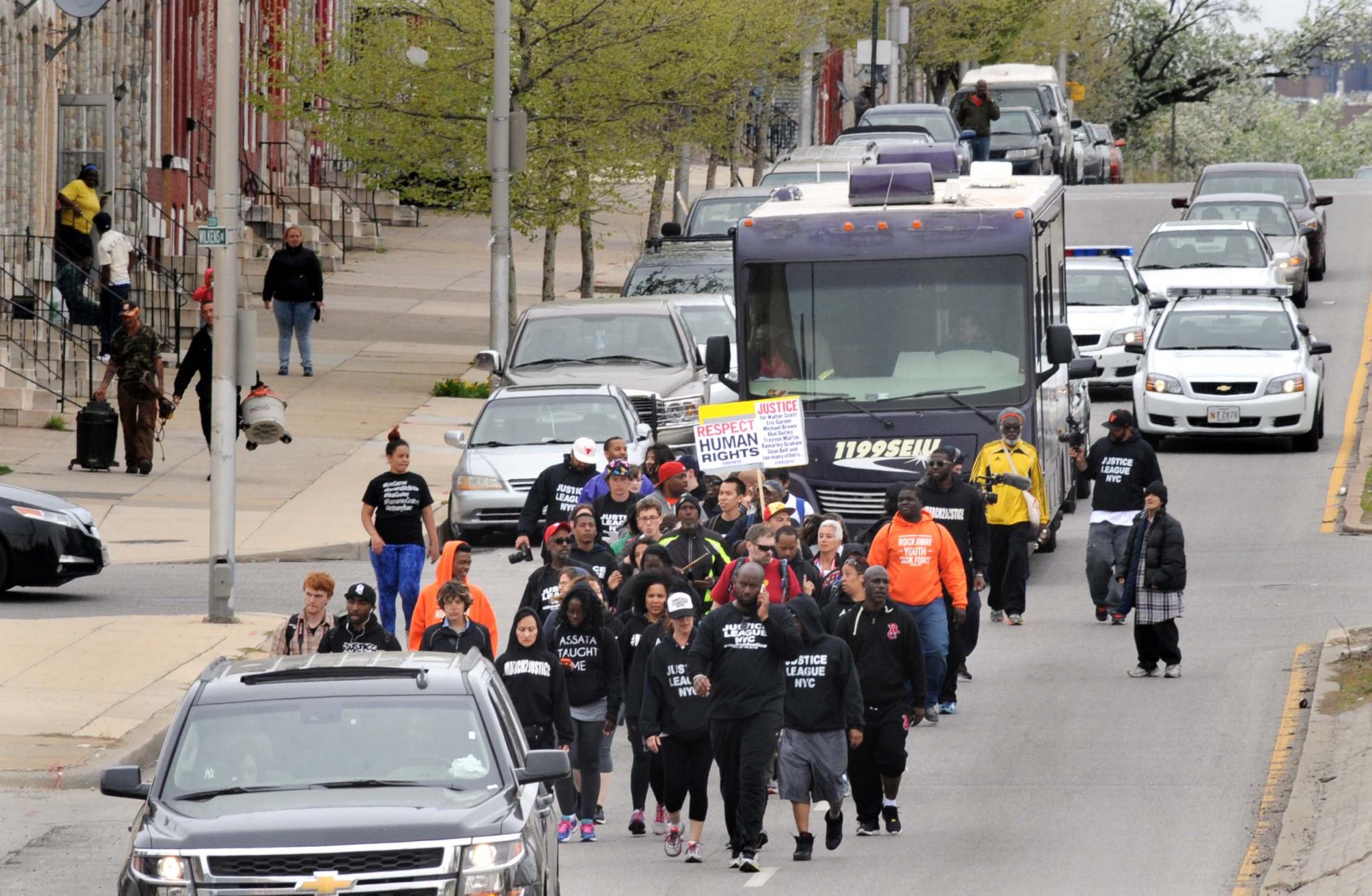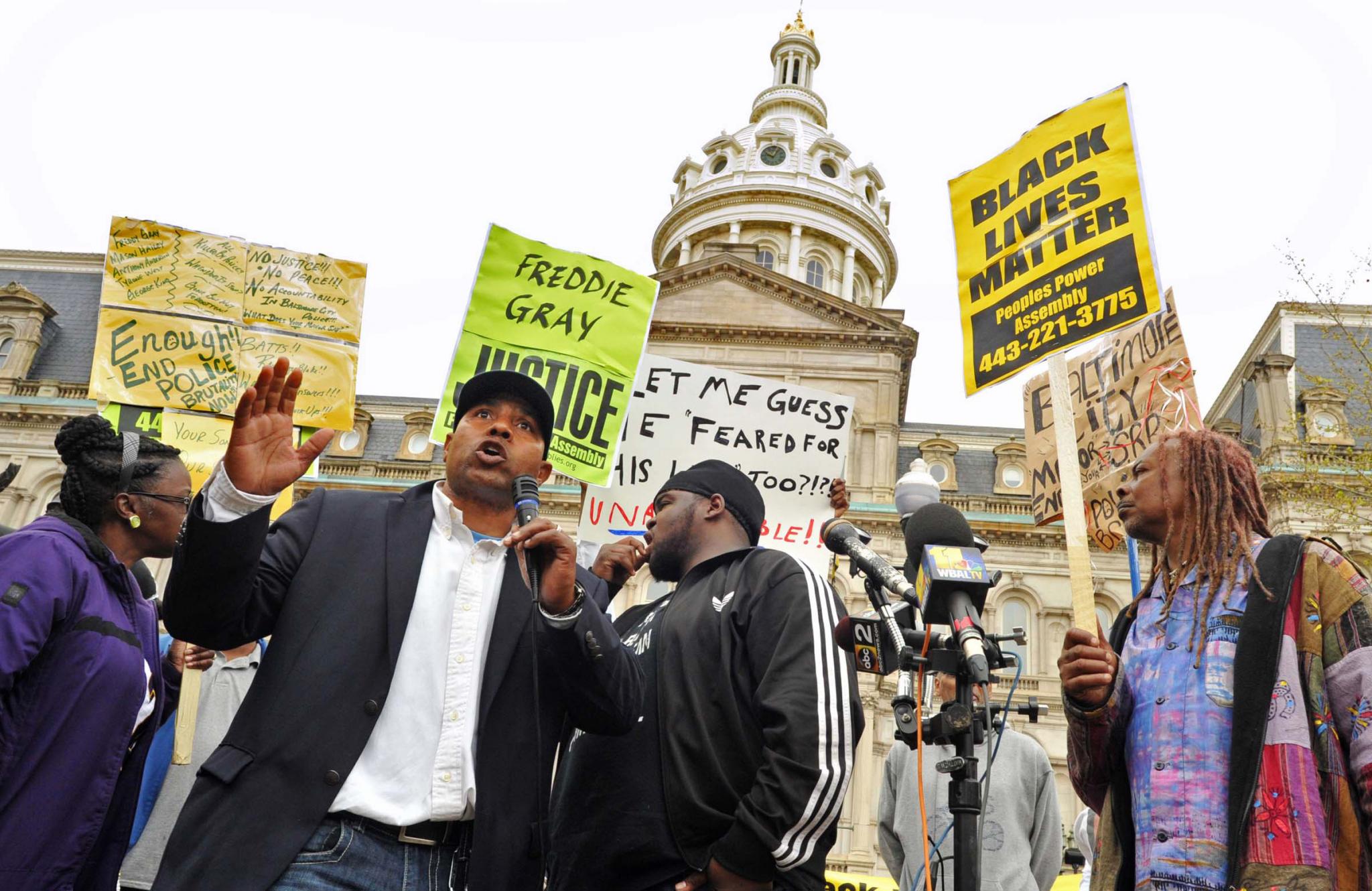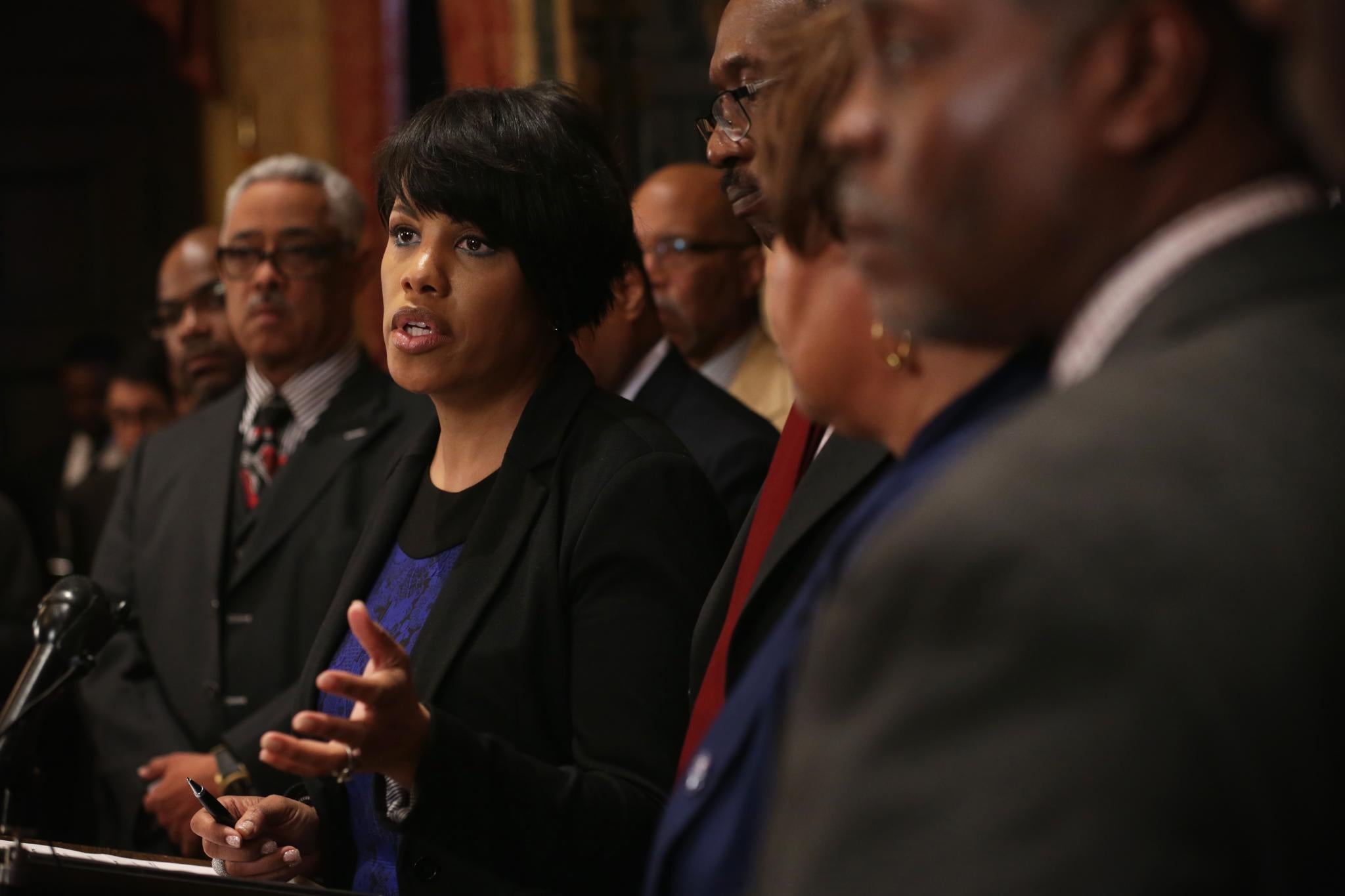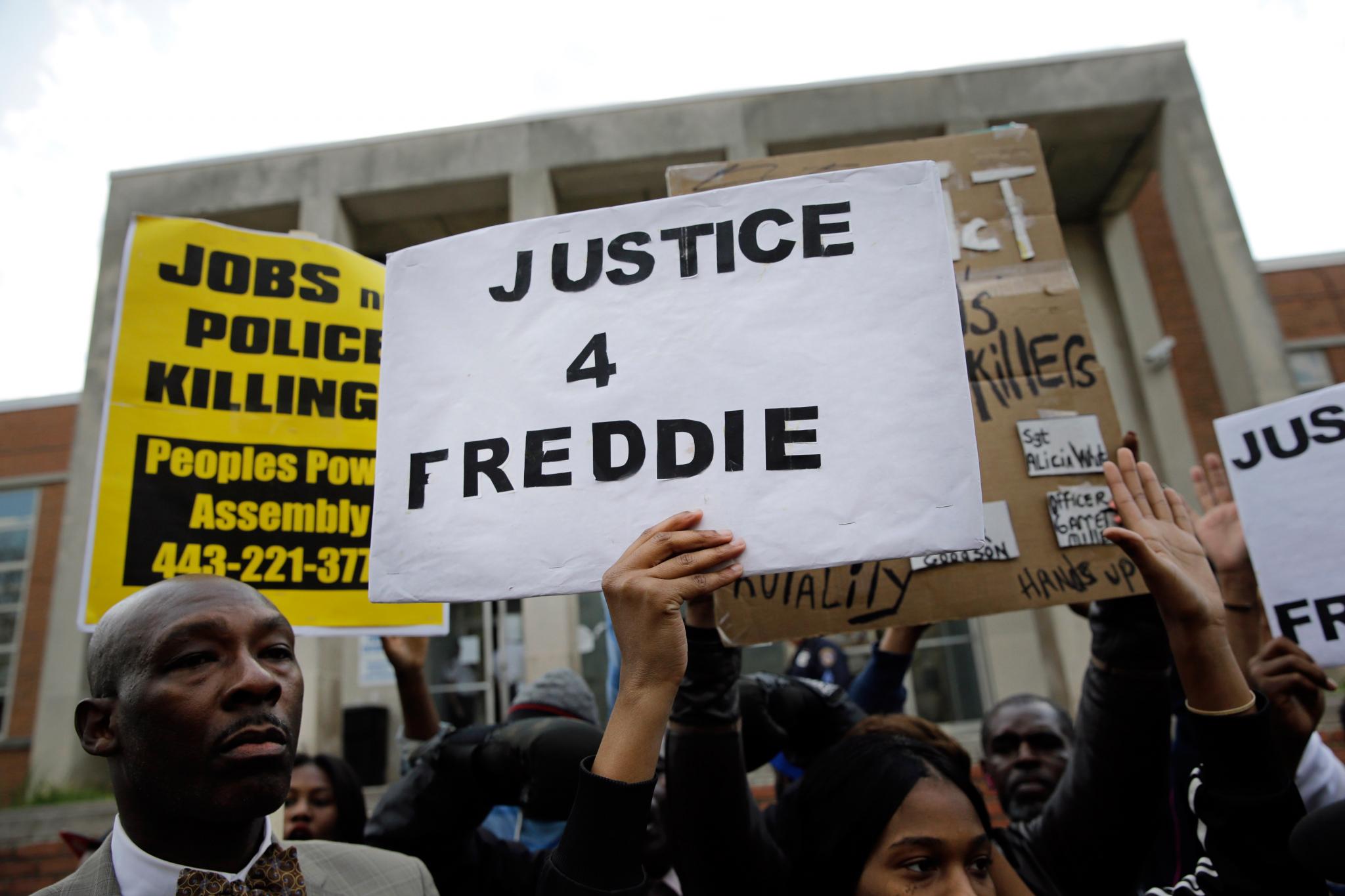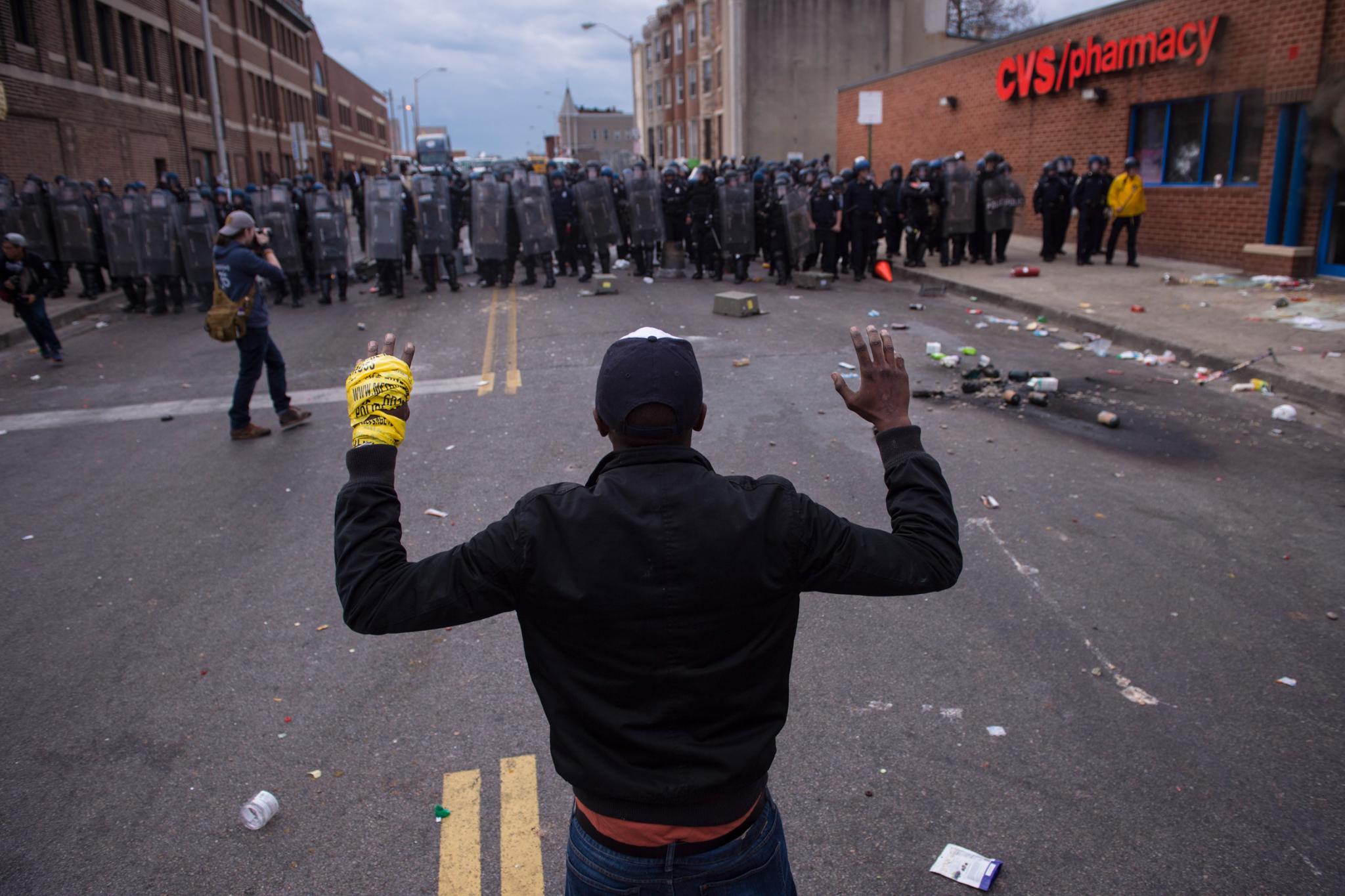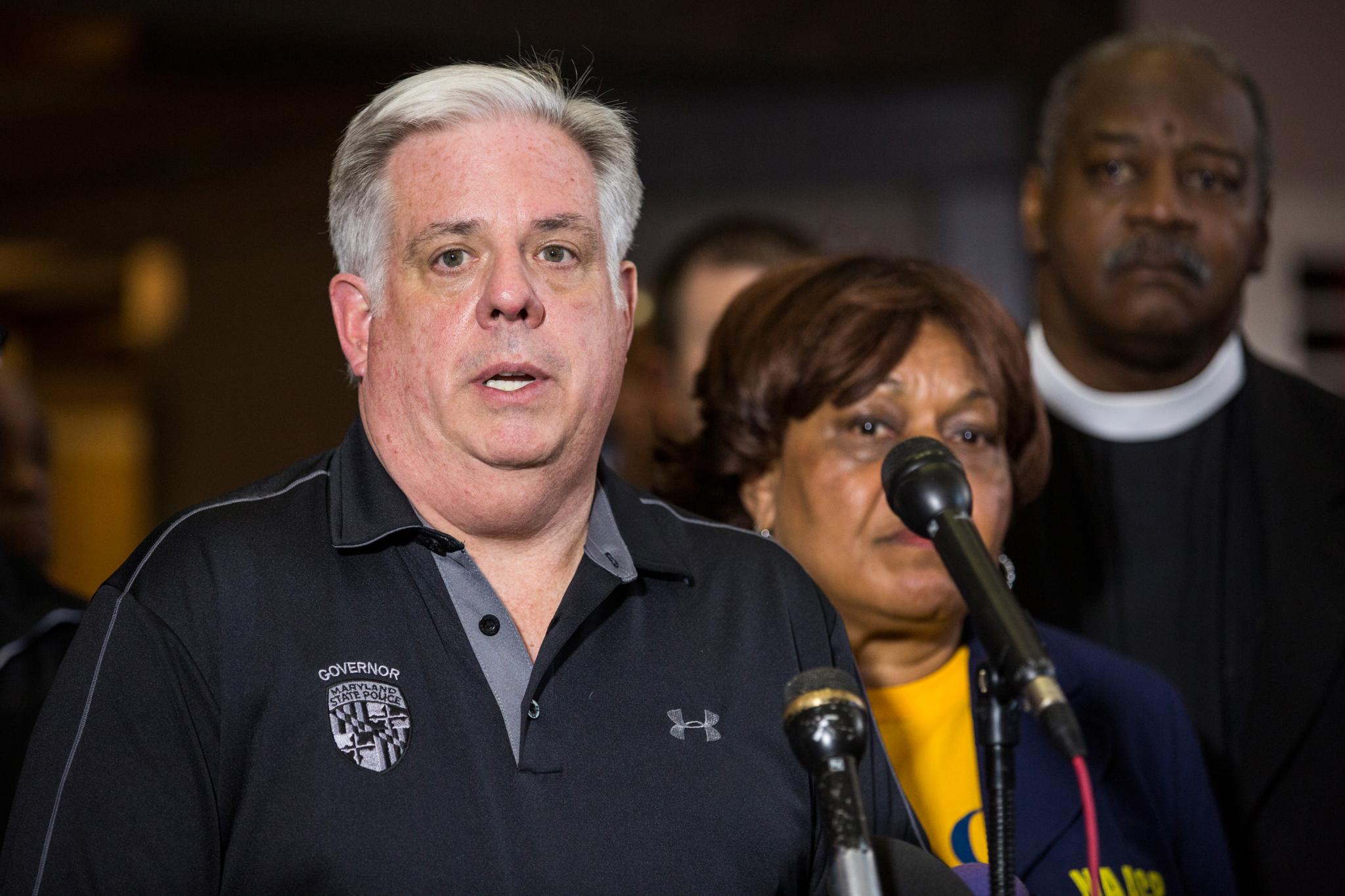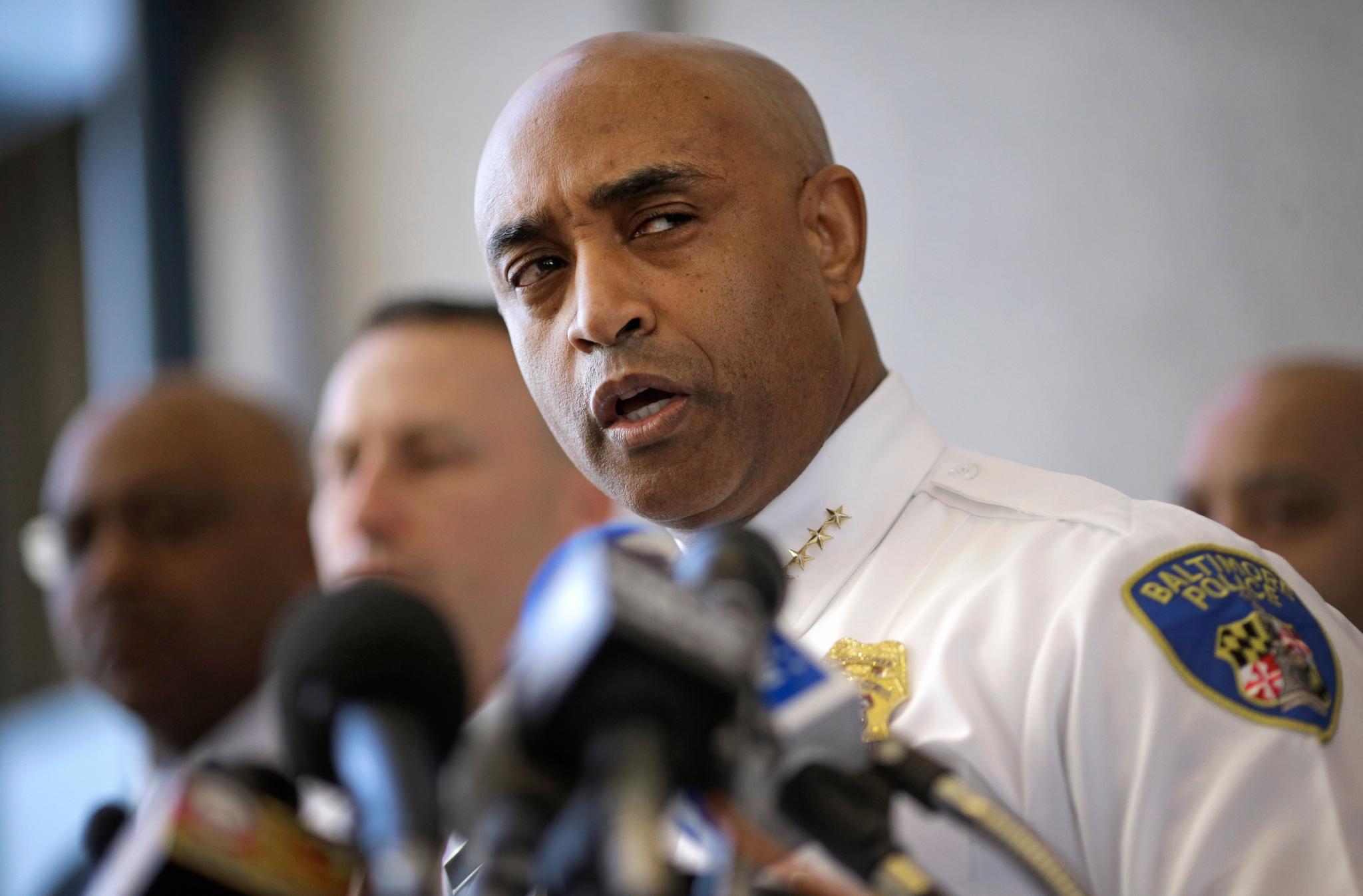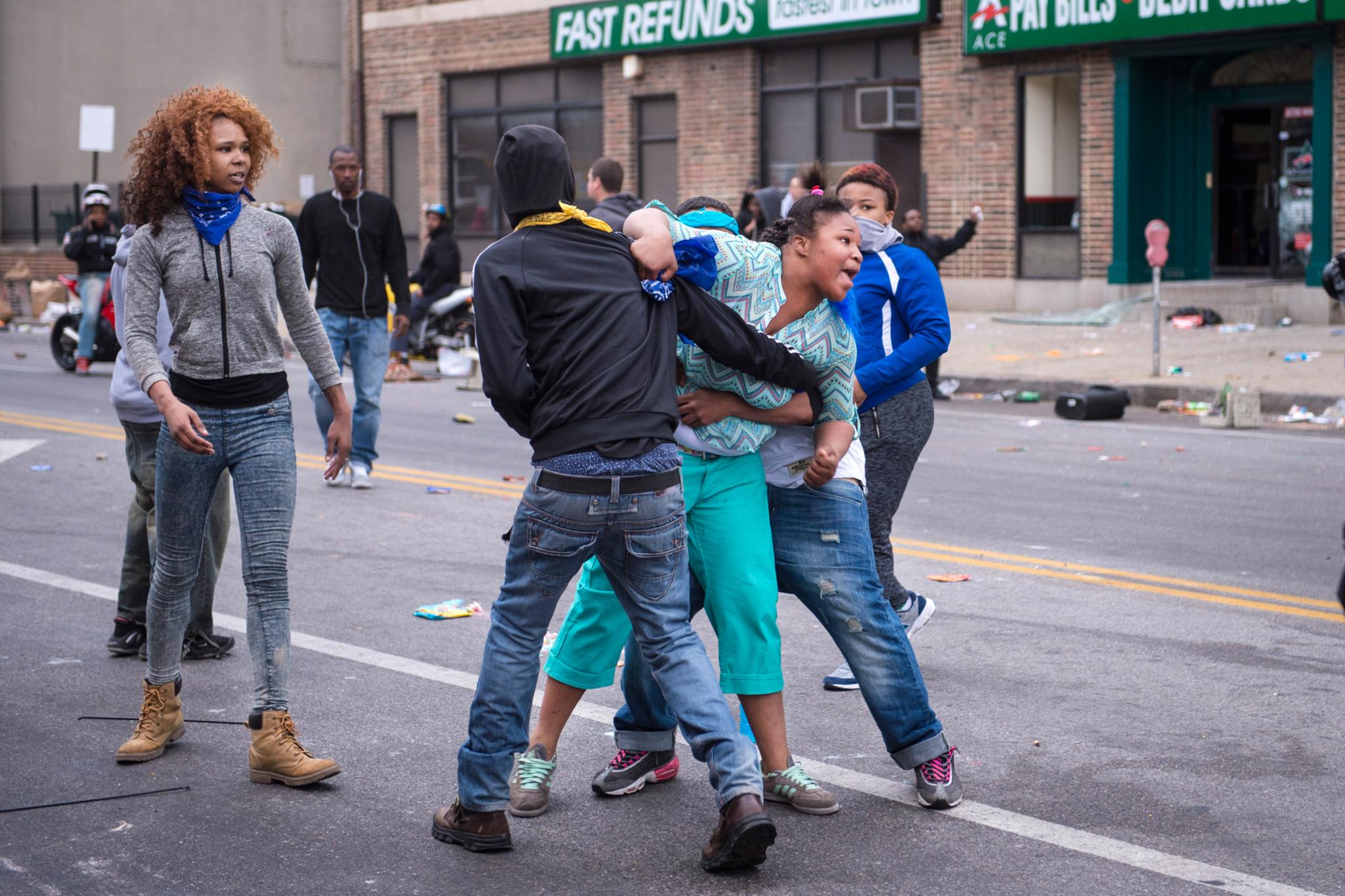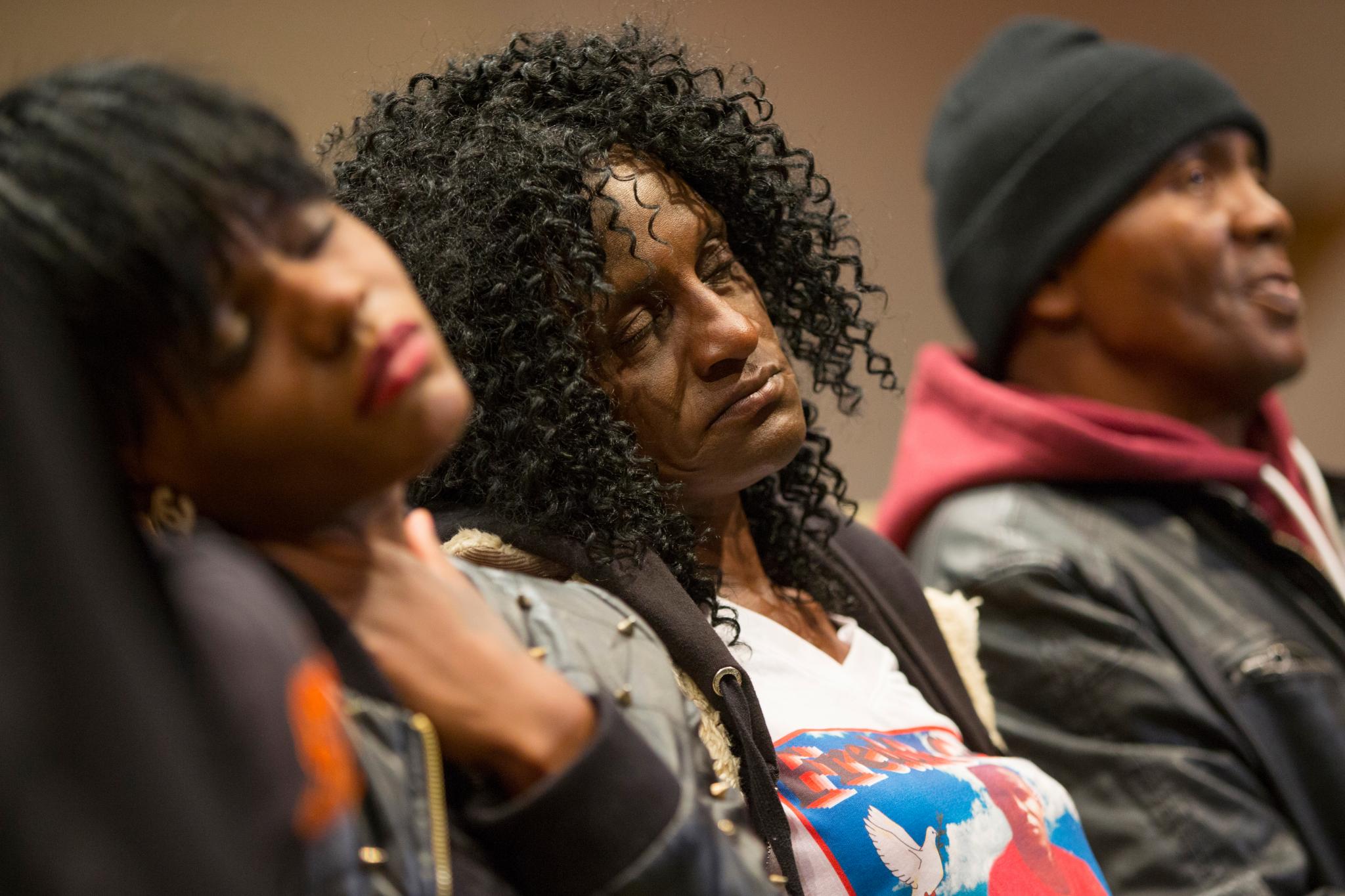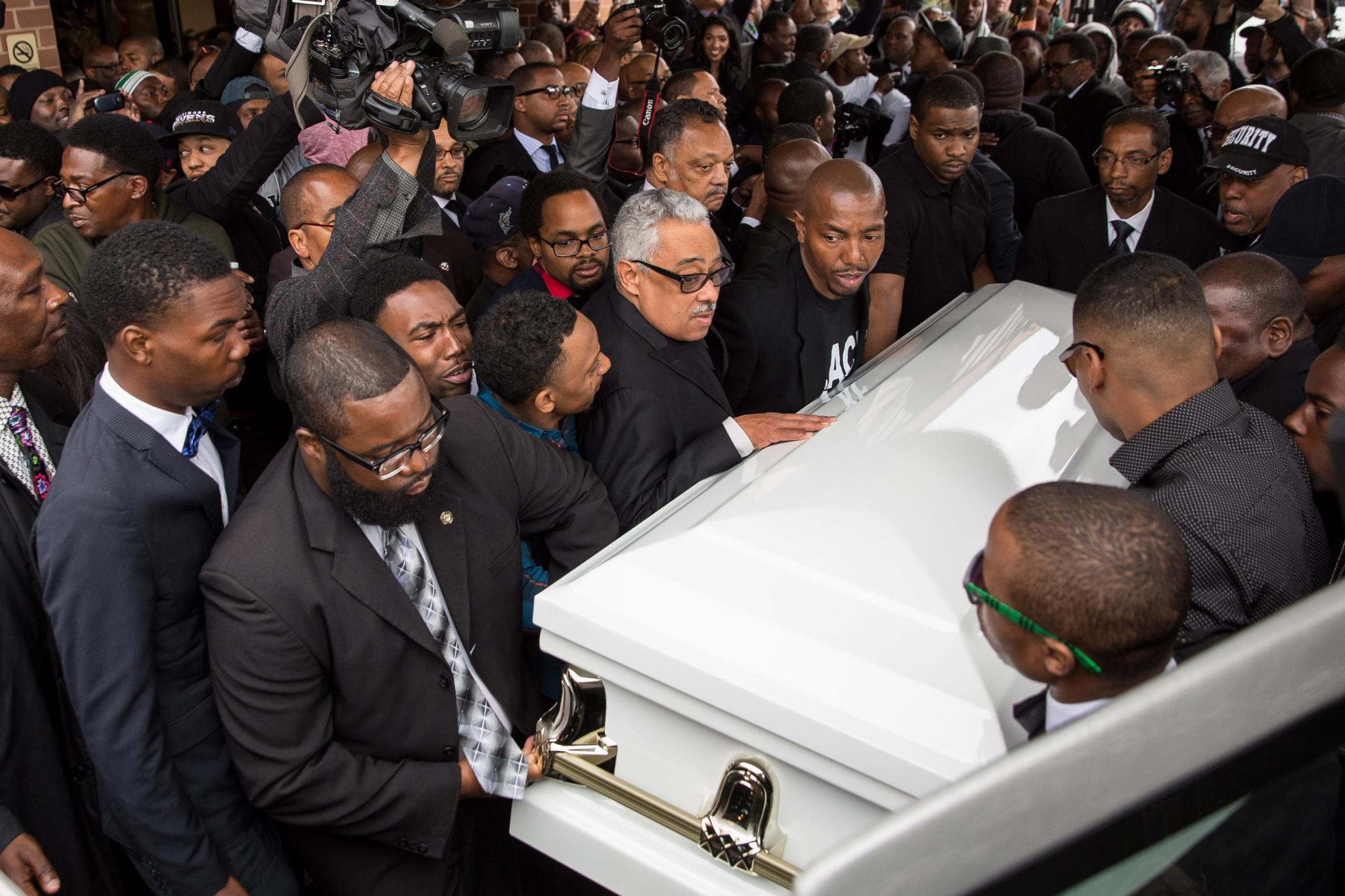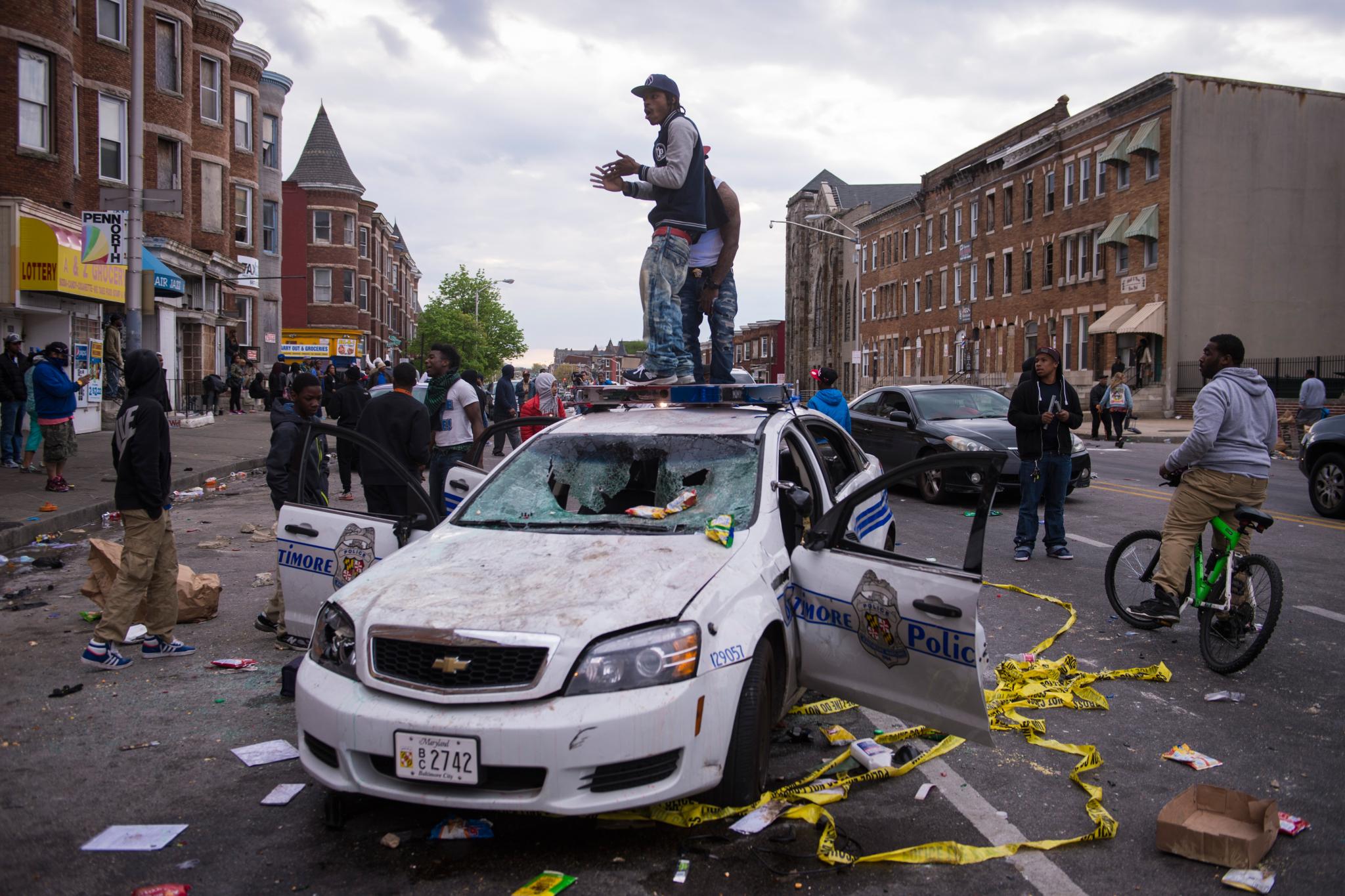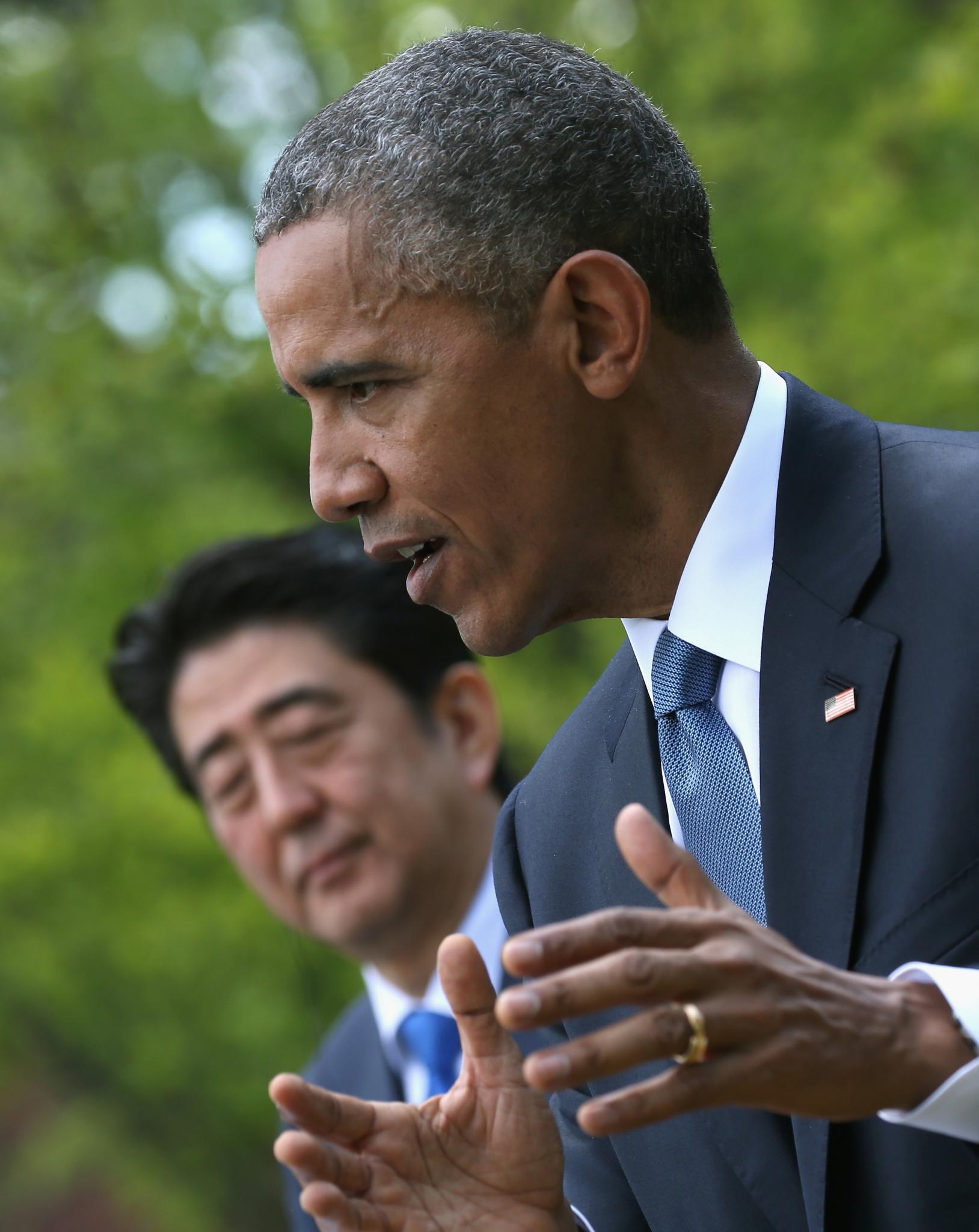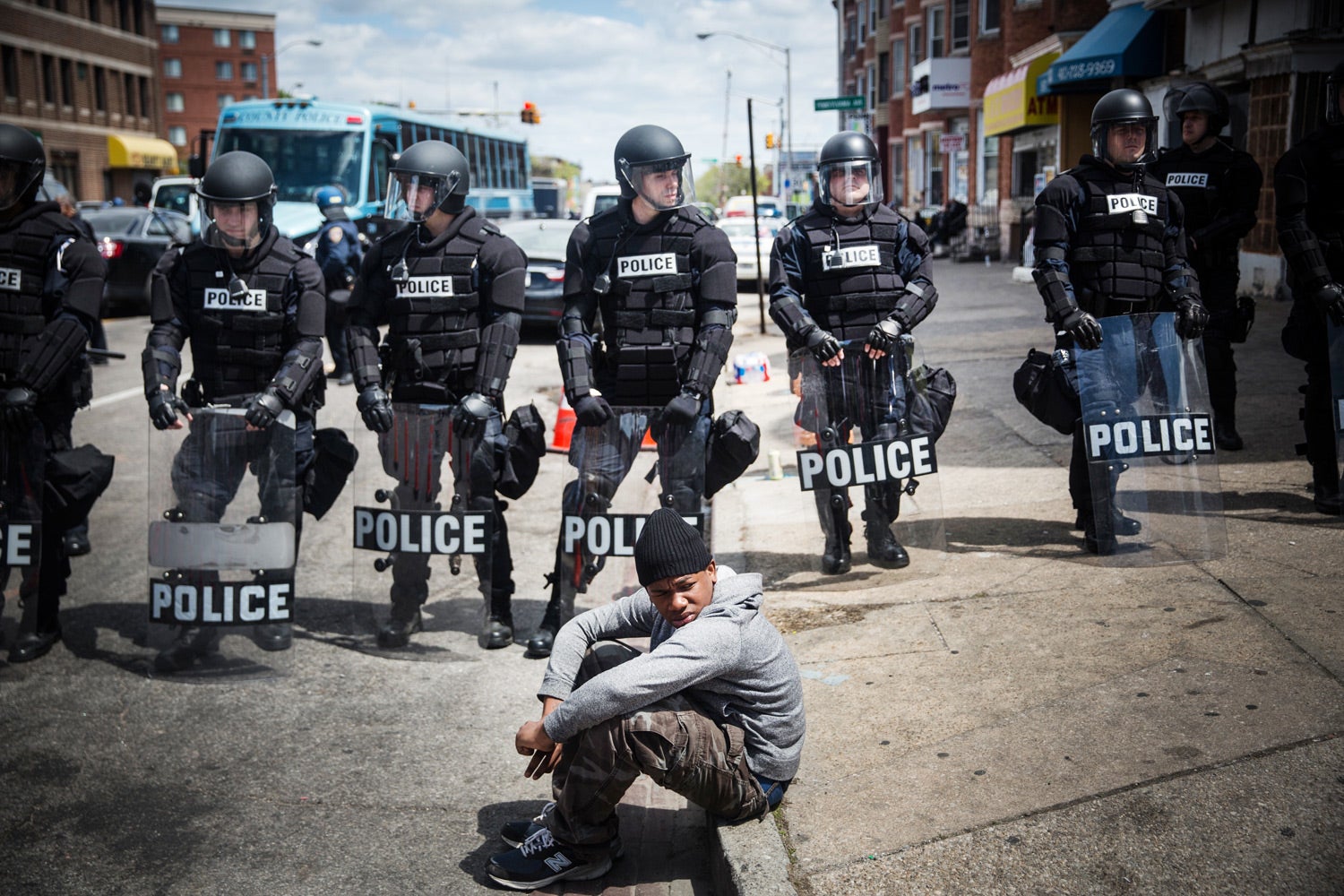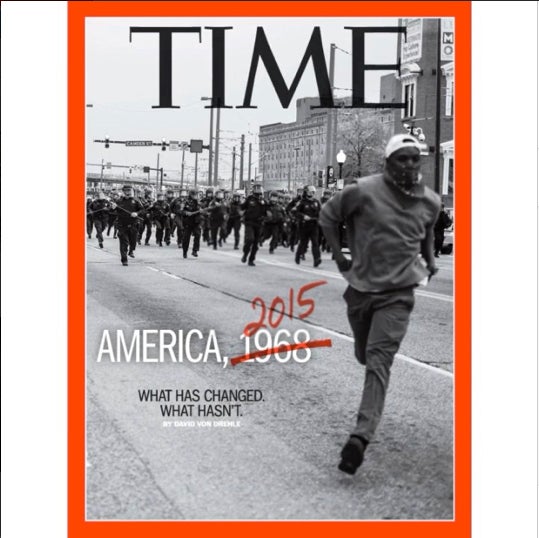The city of Baltimore is 63 percent Black. One-quarter of the Black population lives in poverty.
In the last four years, the city of Baltimore has paid $5.7 million in police brutality settlements.
The death of Freddie Gray isn’t the first time that riots have erupted in Baltimore. In 1968, riots swept the city after Dr. Martin Luther King was assassinated in Tennessee.
The city swore in Mayor Stephanie Rawlings-Blake, a Black woman, in February 2010.
Around 8:30 that morning, four police officers on bikes began chasing Freddie Gray for unknown reasons. After officers catch him, witness video shows Gray being dragged to a police van, and he could be heard asking for an inhaler.
After placing Gray in the van, officers remove him to shackle him, then place him back in the vehicle. The vehicle continues to make additional stops before arriving at the police station.
Soon after arriving at the station, approximately 30 minutes after Gray’s arrest, police officers request an ambulance for an “unconscious male.” He was taken to the University of Maryland’s Shock Trauma medical center.
Gray’s funeral draws thousands of friends, family members, demonstrators, politicians and activists.
Soon after his funeral, riots began erupting throughout the city. To combat the rioters, Rawlings-Blake issues a 10 p.m. to 5 a.m. curfew, effective the following night.
Rawlings-Blake angers many of the city’s residents by referring to the rioters as “thugs” while speaking at a press conference. “Too many people have spent generations building up this city for it to be destroyed by thugs who, in a very senseless way, are trying to tear down what so many have fought for,” she said.
On her first day as attorney general, Loretta Lynch sends two government officials to Baltimore to meet with community leaders.
Riots continue through the night with crowds of demonstrators—mostly young—burning buildings and cars and looting stores. By the end of the night, 200 people had been arrested, 144 vehicles were set on fire and 15 buildings were torched.
• Obama condemns the rioters, saying that they were detracting from the positive images from peaceful protests. He says that America needs to do some soul-searching and consider the larger issue: helping the Black communities who oftentimes are living in poverty.
• “If we really wanted to solve the problem, we could,” he said. “It’s just that it would require everybody saying, ‘This is important. This is significant.’ [It means that] we don’t just pay attention to these communities when a CVS burns. We don’t just pay attention when a young man gets shot or has his spine snapped. We’re paying attention all the time because we consider those kids our kids, and we think they’re important and they shouldn’t be living in poverty and violence.”
• More than 200 people have been arrested since the rioting began. However, Baltimore police officers release half of them without pressing charges. The remainder begin appearing in court.
• President Obama speaks to Steve Harvey on the topic of police brutality, and repeats his condemnation of the rioters. “Unfortunately, we’ve seen these police-related killings or deaths too often now, and obviously, everybody is starting to recognize that this is not just an isolated incident in Ferguson or New York, but we’ve got some broader issues,” he said.
• The police department finishes its investigation into the case and turns its findings over to Marilyn Mosby, Maryland state’s attorney.
• The Washington Post obtains a copy of the document, which claims that a prisoner who was in the van with Gray heard him “intentionally” trying to injure himself. Experts dispute the claims, pointing out that Gray was unconscious by the time the van stopped to make a second stop. The account was recorded and submitted by a police investigator.
• The prisoner named in the police document speaks out to Baltimore’s CBS affiliate and says that his words were taken out of context. “I am Donta Allen,” he told the reporter. “I am the one who was in the van with Freddie Gray. All I did was go straight to the station, but I heard a little banging like he was banging his head. They’re trying to make it seem like I told them [he was hurting himself]. Why the f— would he do that to himself?”
• TIME magazine releases a powerful cover comparing the situation in Baltimore to the United States circa 1968.

